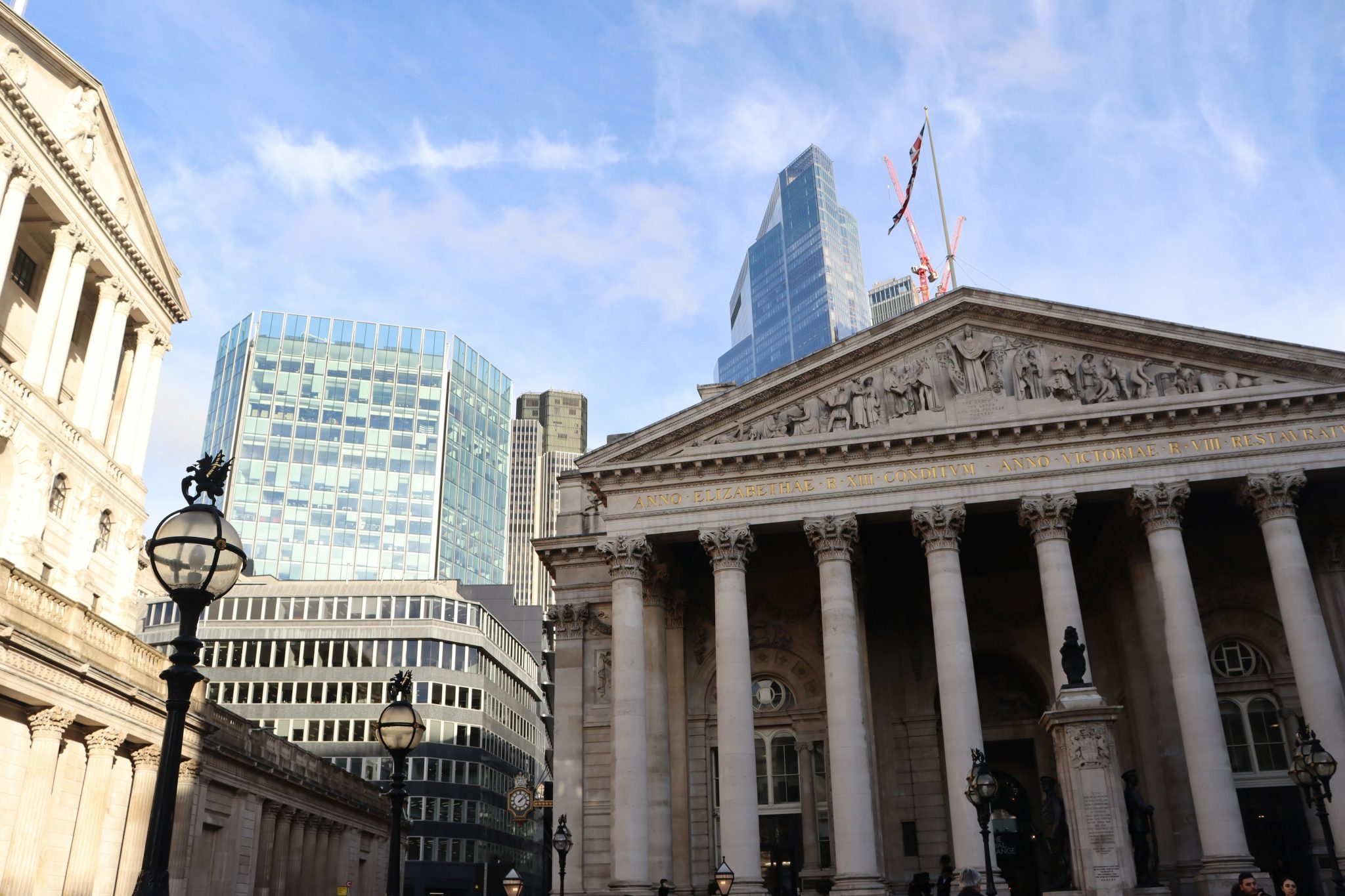Britain’s public finances are under intense scrutiny. Government debt has reached roughly 95 percent of GDP, nearly £2.9 trillion, a level not seen since the aftermath of the Second World War. Rising interest payments, sluggish growth, and inflation are converging into a difficult reality: the United Kingdom is paying more to borrow while borrowing more than planned.
For Chancellor Rachel Reeves, who promised both stability and investment, this is an early test of credibility. Between April and September 2025, the UK borrowed almost £100 billion, £7 billion above forecasts. Annual interest payments on government debt now exceed £100 billion, rivaling spending on education.
Years of economic shocks, from the pandemic to the energy crisis, have eroded fiscal resilience. The Bank of England’s quantitative easing program, once credited with stabilizing the economy, is now adding pressure as it unwinds its bond holdings. Investors, wary of slow growth and political uncertainty, demand higher yields to hold UK debt. The government faces a delicate balancing act: maintaining investor confidence while funding public services, infrastructure, and the green transition.

The Numbers Behind the Challenge
Public sector net debt stands at £2.9 trillion, or 95.3 percent of GDP, well above the pre-pandemic average of 80 percent. In the first half of the 2025–26 financial year, borrowing exceeded forecasts by £7 billion. Interest payments have become one of the government’s largest expenses, fueled by inflation and rising gilt yields. About a quarter of debt is index-linked, while roughly a third is held by overseas investors. Another significant portion sits on the Bank of England’s balance sheet, making monetary policy shifts directly impactful.
Britain is not facing an immediate solvency crisis, but fiscal space is shrinking. Even small increases in borrowing costs could add billions to the annual debt bill. The upcoming Budget will test whether the government can keep debt sustainable without stifling growth.
Why Borrowing Keeps Rising
Rising debt reflects more than past crises. Weak economic growth, persistent spending pressures, and structural fiscal weaknesses all contribute. Productivity remains low, business investment lags, and trade volumes are slow to recover. Slower growth means tax revenues rise less quickly, leaving the Treasury with fewer resources to meet spending commitments.
Public spending remains high on health, social care, energy subsidies, and public sector wages. Rising unemployment, now approaching five percent, increases welfare costs while reducing tax revenue. Some borrowing continues to cover the legacy of pandemic and energy programs, which, while no longer active, still weigh on the budget.
Chancellor Reeves has pledged to reduce debt as a share of GDP within five years. Meeting this target will be challenging without faster growth or higher taxes. Borrowing is rising because structural pressures outweigh temporary ones, and every policy decision must now balance public needs against investor confidence.
Where the Debt Goes
Most borrowing funds day-to-day services rather than new projects. Health care, education, social care, pensions, and public sector pay remain the largest expenses. Investment in infrastructure, housing, and renewable energy is smaller and constrained by delays and rising costs.
Interest payments are an increasing portion of borrowing. While Britain is not directly borrowing to repay old debt, refinancing maturing bonds at higher interest rates adds to costs. Critics argue spending priorities favor short-term obligations over long-term growth, risking a rising debt burden without improving productivity.
The QE Legacy
Quantitative easing, or QE, is a policy where the Bank of England buys government bonds to inject money into the economy. The goal is to lower borrowing costs, support lending, and stimulate growth during crises. During the financial crisis and the pandemic, QE allowed the UK government to borrow cheaply and helped stabilise the economy.
Today, however, QE is creating new challenges. Rising interest rates have reduced the value of the bonds the Bank holds, generating losses estimated between £60 and £120 billion, which the Treasury must cover. The Bank is also selling bonds back to the market in a process known as quantitative tightening. This increases the supply of debt and pushes borrowing costs higher.
What once acted as a cushion for the economy has now become a source of fiscal strain. QE helped Britain avoid deeper crises, but unwinding it adds pressure at a time when the government can least afford it. Emergency measures can stabilise markets, but they rarely come without a cost.
Investors’ Unease
Investors are cautious. Weak growth, high inflation, and uncertainty over fiscal policy have driven gilt yields higher. Recent bond auctions show weaker demand, signaling fragile confidence in UK fiscal management. While default is unlikely, higher yields increase interest payments and reinforce borrowing pressures. Markets are particularly attentive to QE losses and adherence to fiscal rules.
The Government’s Tightrope
Chancellor Reeves faces a delicate balancing act. Fiscal rules aim to reduce debt gradually, yet public demand for services and investment continues. Cutting spending too sharply could slow growth, while borrowing too much risks higher costs and weaker investor confidence. Tax increases are politically sensitive, leaving few easy options. Decisions on QE losses and interest payments will determine whether the UK is seen as a credible borrower.
What Comes Next
The November 2025 Budget will be closely watched. Stabilising borrowing, boosting growth, and reassuring investors are key priorities. Even modest improvements in growth could help stabilise debt, while rising interest rates would increase costs. Managing policy credibility and market expectations will be essential in the coming years.
A Test of Credibility
The UK is not at risk of default, but it faces a test of credibility. Past crises were managed with QE, but today the government must balance essential spending with fiscal discipline while maintaining investor confidence. How Britain navigates this period will determine whether it can manage debt responsibly while supporting growth or whether market pressures will force difficult choices that could slow the economy and increase borrowing costs.



